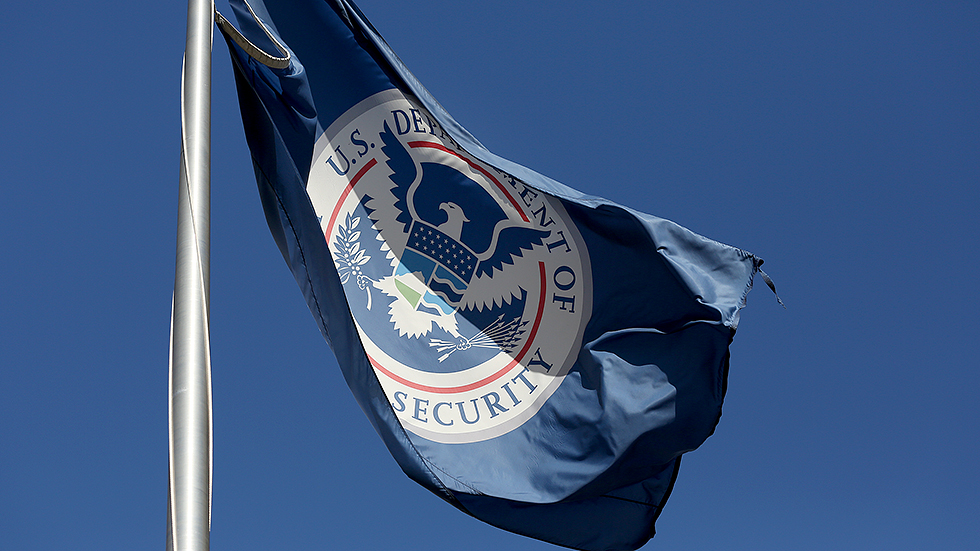21 years after the horrific attacks on our country on the anniversary of 9/11, we are reminded that much work remains to be done, especially to protect our country from global threats. I had the honor and privilege of serving President Bush and Homeland Security Advisor Governor Tom Ridge in the 9/11 White House. After Gov. Ridge moved from Pennsylvania to lead Homeland Security at the White House, he and his team were greeted by a growing anthrax attack on the first day. We had more questions than answers and quickly realized that our global risk assessment capabilities were severely flawed.
During that time, I served as Deputy Assistant to the President for Homeland Security, and as part of my responsibilities, I spent about a year in the Situation Room providing daily briefings on national security threats related to the homeland.
My friends often asked me what “scared me the most”, and I always answered: biological threats.
All these years later, the Covid-19 pandemic has reminded us all of our nation’s problems and the world’s still unprepared for decisive action in a well-planned federal response to global catastrophes. The human suffering and staggering economic costs should call for actionable and properly funded international disaster risk strategies as a national priority.
One of the original blueprints for creating the Department of Homeland Security—and in the enabling legislation—was the establishment of the Homeland Security Advanced Research Projects Agency (HSARPA). The vision was for HSRPA to conduct the necessary research and transform that research into necessary solutions to homeland security challenges, based on the Defense Advanced Research Projects Agency (DARPA) model, which was critical to informing the nation’s best-in-class national security team. the world. DARPA is known for being a visionary first. Also, the team is organized in such a way that they have not only leadership roles, but also strong funding and flexibility in procurement to maximize success. However, for several reasons, HSARPA does not come close to simulating this model.
Many think tanks, lawmakers, and former DHS employees have commented that HSARPA lacks specific focus. While biodefense should include HHS and DOD departments, DHS should be an integral part of this risk matrix team, and HSARPA should be considered a lead and critical link.
The Biden administration’s recent “First Annual Report on the Implementation of America’s Pandemic Preparedness Plan” lists increasing research and development dollars for biodefense among its priorities. Additionally, Congress is considering ways to enhance the office’s mission to prevent weapons of mass destruction at DHS. But – to date – there is a lack of focus on the challenges within HSARPA and the Directorate of Science and Technology.
First, HSARPA should conduct a net mission review of HSARPA that assesses the current risk landscape and provides direction, vision, and a new mission statement for HSARPA. Projects are funded but not in the context of fulfilling a specific strategy. As with DARPA, long-term professional management and development of procurement strategies are key to future success. And of course, if we are to achieve the goals envisioned by DHS’s founders with HSARPA, Congress will need to provide much more funding.
I still consider DHS a new federal bureaucracy that should be able to adapt based on lessons learned. The concept of creating HSARPA in 2001 was a good idea, but we need to do more as a country to make its goals a reality so that we can better protect the American people.
Mark Holman, a partner at Ridge Policy Group, served as Deputy Assistant for Homeland Security to President George W. Bush after the 9/11 attacks.





